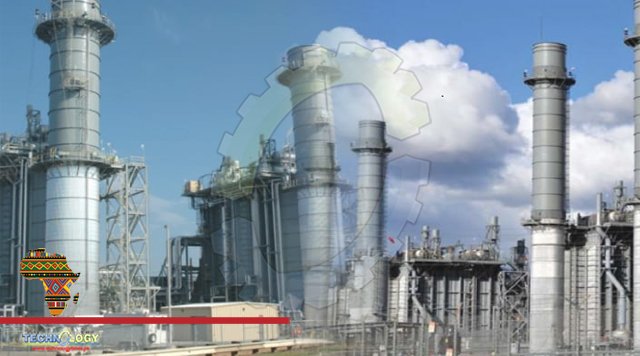Nigeria’s Energy Transition Plan, In preparation for COP 27, Nigeria’s government recently launched its Energy Transition Plan (ETP), which is purported to be its homegrown, data-backed and multi-pronged strategy to achieve net zero emissions by 2060.

“Gas is critical as a transition fuel to power Africa’s industrialisation, solve energy poverty and generate resources for energy transition” is a phrase you would hear often at the Africa Pavilion at the UN’s Conference of Parties (COP) or anywhere climate justice and energy transition is being discussed. In preparation for COP 27, Nigeria’s government recently launched its Energy Transition Plan (ETP), which is purported to be its homegrown, data-backed and multi-pronged strategy to achieve net zero emissions by 2060 while solving energy poverty and lifting 100 million Nigerians out of poverty. Nigeria’s Energy Transition Plan The ETP focuses on five critical energy sectors — Power, Cooking, Oil and Gas, Transport and Industry and is estimated to cost $1.9 trillion. However, there are critical questions that Nigeria’s Energy Transition plan must grapple with if its success is anchored on gas being a critical transition fuel. Gas infrastructure is expensive and investments are interdependent. Who will finance it? Future gas demand is unpredictable. Where is demand going to come from? Nigeria’s 2060 net neutrality goal. Is the ETP feasible? This article will consider each of these questions in turn. Gas infrastructure, from exploration to processing to transport and end use can be expensive. Each stage costs billions of dollars. Investments are also interdependent, in that exploration will likely not occur if processing,
transportation and end use are not in place and vice versa. Therefore, new investments must be coordinated. International Oil Companies (IOCs) are walking away from new exploration and choosing projects more carefully. They are focused on producing assets, and exploration in countries where investment is cheaper and easier to implement. IOCs are even walking away from already-planned projects, and we have seen unprecedented $87 billion IOC write-downs, Q4 2019 – Q2 2020 (OPL 245) with many more divestments expected.Nigeria’s Energy Transition Plan Local companies, including NNPC/ NPDC, do not have the financial or technical resources to implement many of the projects, therefore, production costs will grow and production levels can be expected to decline. Multilateral development finance institutions, along with US and EU governments’ opposition to funding for gas projects on climate grounds are growing. So, most public funds for gas projects will likely come from a handful of Asian countries. Funding Nigeria’s gas ambitions such as a trans-Saharan pipeline to export gas from Bonny to Europe through Niger and Algeria (estimated to cost $12 billion) or the Nigeria-Morocco pipeline (estimated to cost $25 billion) or any of the frontier exploration projects proposed under the Petroleum Industry Act 2022 will struggle to find financiers. The same is likely true of new gas-powered electricity generation and LNG terminals.
Source: This news is originally published by allafrica